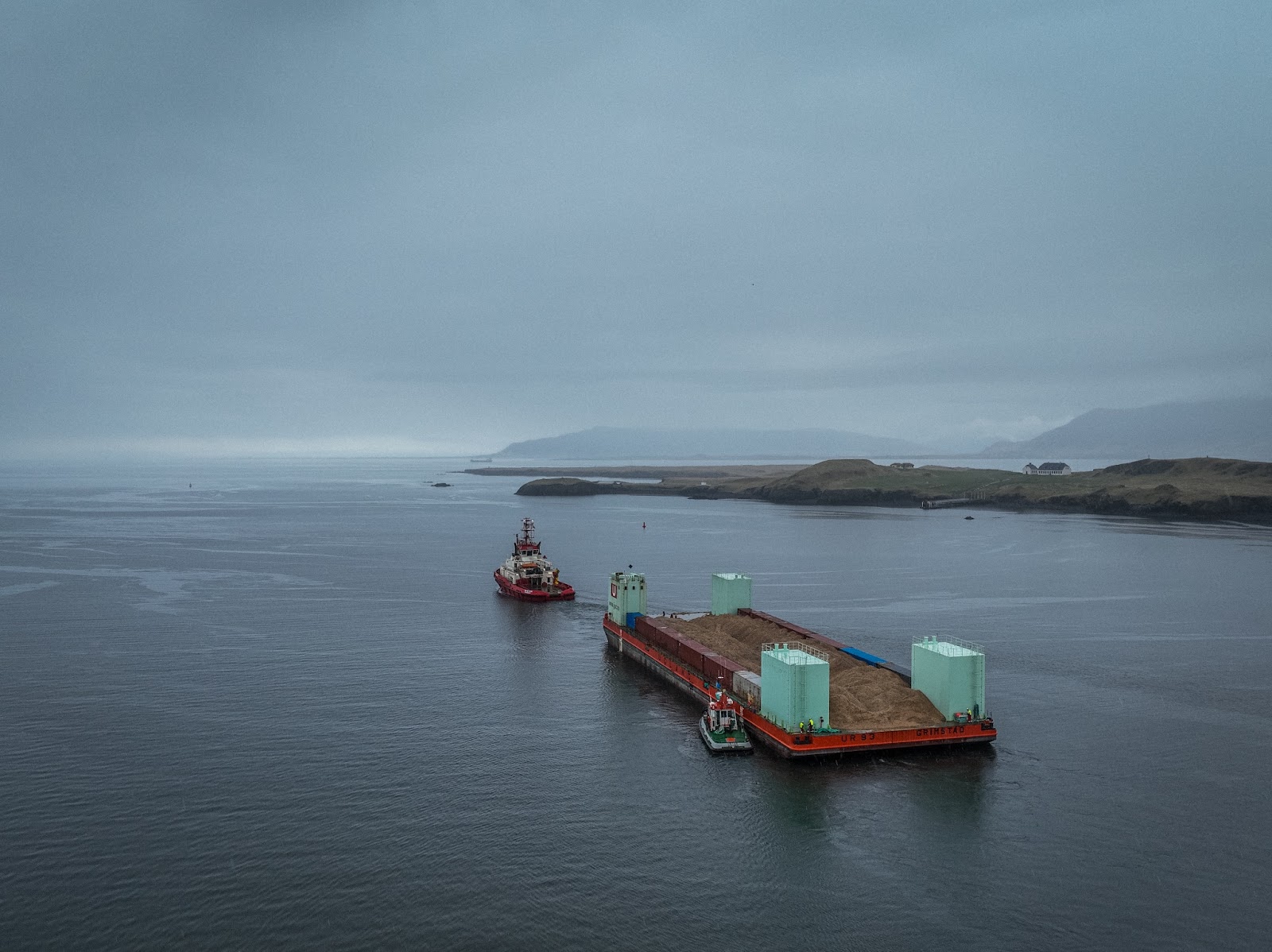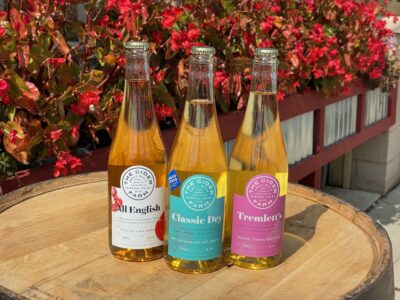After six years of research and development, Maine-based ocean health startup Running Tide has completed its first successful order. The culmination of this revolutionary carbon sequestration process? It sunk 1,000 tons of wooden buoys off the coast of Iceland over a three-month period to fulfill part of a carbon credit purchase by the online-shopping platform Shopify.
But years before Running Tide was sinking limestone-covered buoys to store carbon in the ocean and partnering with titans like Shopify and Microsoft, it was just a vague concept floating around in founder (and current CEO) Marty Odlin’s brain.
An Idea To Kill Godzilla (Carbon!)
Odlin grew up around the water off the Coast of Maine, seeing the first-hand effects of overfishing and dumping carbon in the ocean. After studying robotics at Dartmouth University, he returned to Portland, OR. His goal? Capture carbon to save the sea. Odlin has a striking metaphor explaining carbon dioxide and its negative effects on the environment.
He explains best in his blog post titled “Kill Godzilla. Heal the ocean. Eat more oysters.” “The imbalance in the carbon cycle is the single greatest threat to ocean health. … By moving 2.4 trillion tons of mass from the slow carbon cycle to the fast, we have built up a massive carbon debt that is a powerful, destabilizing force in the world,” he wrote. “We have unearthed Godzilla and given him the power to destroy entire ecosystems, as well as the many human communities that rely on them.”
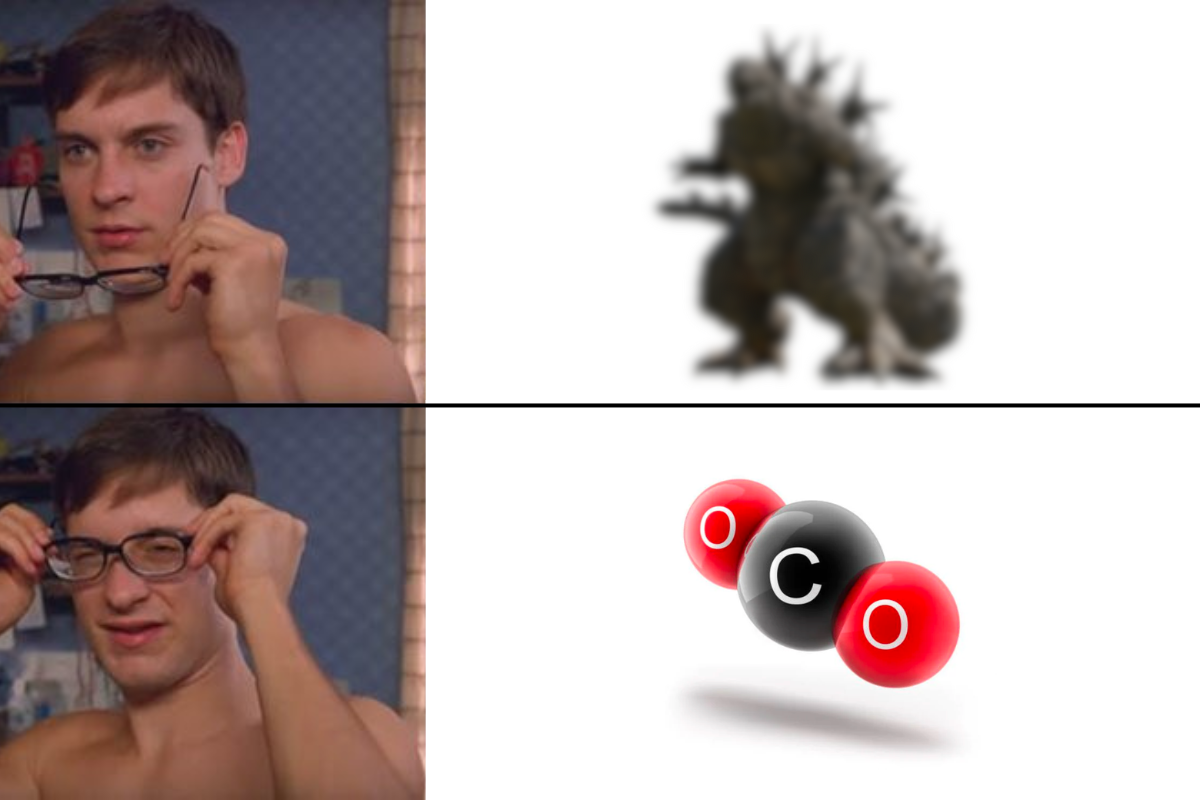
Photo Courtesy Will Gatchel
Carbon is the main human-induced cause of climate change, leading to ocean acidification, urban air pollution, and the rapid melting of glaciers. Marty’s eventual idea for Running Tide Technologies was storing carbon in floating microforests, or tiny biodegradable buoys stuffed with kelp to help the ocean absorb more carbon.
Eventually, they would create a network of thousands of these microforests across the North Atlantic Ocean, coated with limestone (which helps protect the waters’ surface).
The floating buoys would capture carbon dioxide from the nearby atmosphere and ocean before eventually sinking into the sea to store the captured CO2. After all, the ocean stores about 50 times more carbon than the atmosphere, which is why it’s often referred to as a carbon sink.
Successful Investments
Odlin and co-founder Adam Rich launched the carbon-saving startup in 2017. Initially, the team began developing the core aspect of its CO2 sequestration technology: the macroalgae. After successfully experimenting with different processes, the team created a combination that passed its carbon removal targets. Running Tide later opened a shellfish hatchery in North America in 2020, and later that year came a big-time investment.
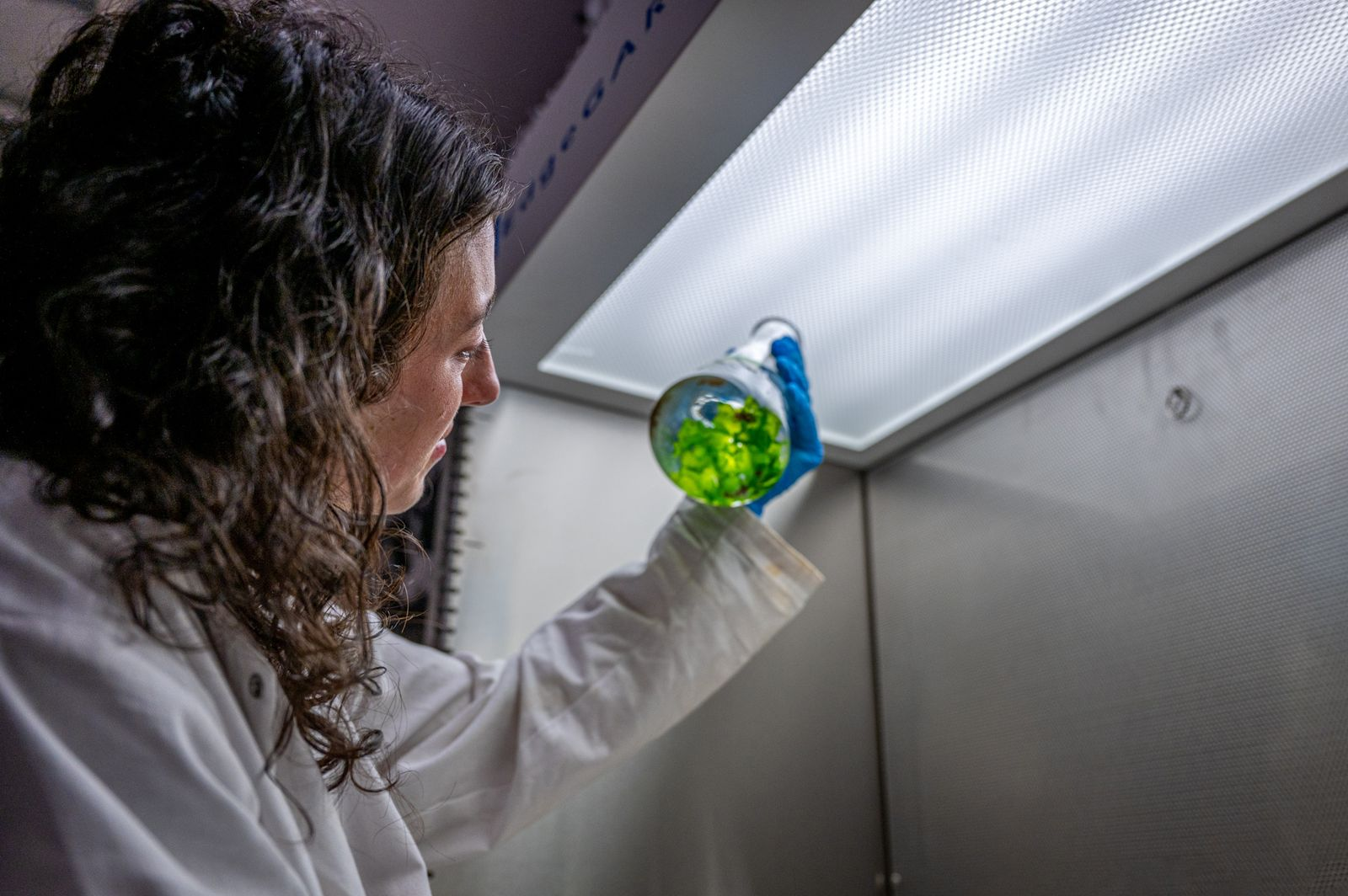
Photo Courtesy Running Tide
Chris Sacca’s Lowercarbon Capital invested in the startup, with Sacca tweeting, “Bonkers scale, unreasonable ambition, massive impact on the plant. During insane times, it’s entrepreneurs like @martyodlin that fire us up.”
That’s not all. Shopify added the startup to its Sustainability Fund, which backs carbon removal entrepreneurs, and it followed that up by becoming the first big customer for its actual carbon credits years before the startup dropped wood buoys in Icelandic waters.
The Final Product and First Delivery
It’s hard to truly measure the success and impact of Running Tide. The company is certainly not a failure: its recent delivery to Shopify is the first-ever carbon sequestration method of its kind. In fact, no true third-party verification for the deal exists since there are no comparable projects. Financially, the company has received millions in seed rounds from big-time investors like the Wells Fargo Innovation Incubator, Yes VC, Pathbreaker Ventures, and Founder Collective.
In March of this year, Running Tide announced an agreement with Microsoft to offset 12,000 tons of CO2 for the software giant over the next two years.
The company shows no signs of slowing down, especially as more and more companies require carbon-cutting means and methods. However, some scientists and other leaders in space have scrutinized its true environmental impact.
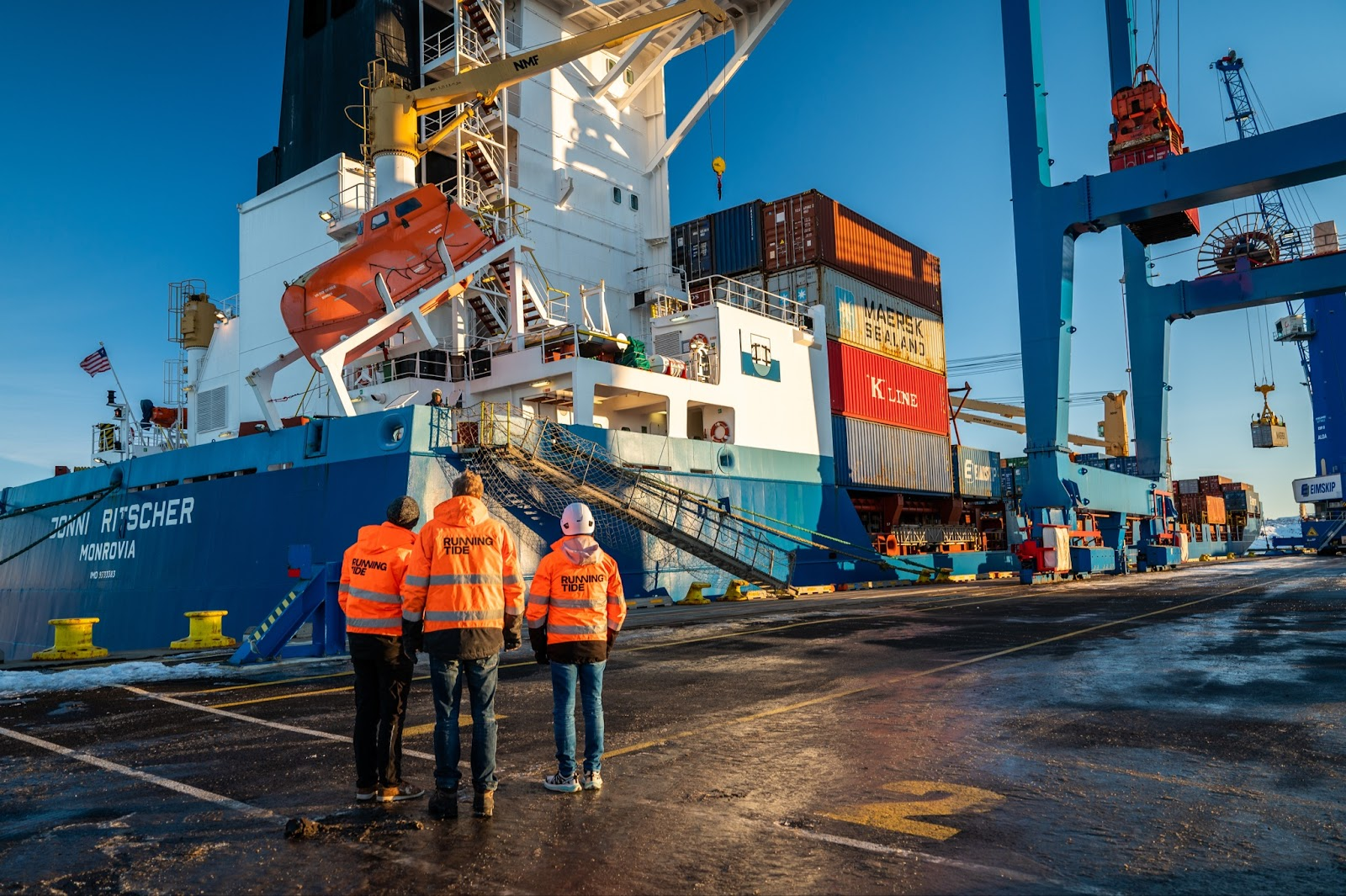
Photo Courtesy Running Tide
Questions And The Future
The University of Tasmania’s Philip Boyd, a professor of Marine Biogeochemistry, spoke on the unknown impact the sunk buoys could have on near-shore marine wildlife.
“We’ve never tried to have an invasion of near-shore marine life into the open ocean,” he said. “So we need to think carefully about this.”
“And you know, our conclusions are not saying ‘don’t do it’; our conclusions are saying, ‘this looks like it’s more complex than you’re probably currently envisaging.’ So you need to be extra diligent,” Boyd continued.
In addition, a 2022 MIT Technology Review article raised a few major concerns from scientists about the impact of sinking seaweed to the ocean floor.
While questions do linger, investors and the company itself are looking forward to future orders, developments, and carbon storage. The Icelandic government granted Running Tide a four-year permit for the firm to offset 50,000 tons of its biodegradable buoys off the coast and 450,000 more tons in international waters.
In the immediate future, Running Tide will continue dropping limestone-covered seaweed microforests in the North Atlantic. After all, it still has 175 tons of carbon to sequester for Shopify alone (that’s a lot of balls buoys).

